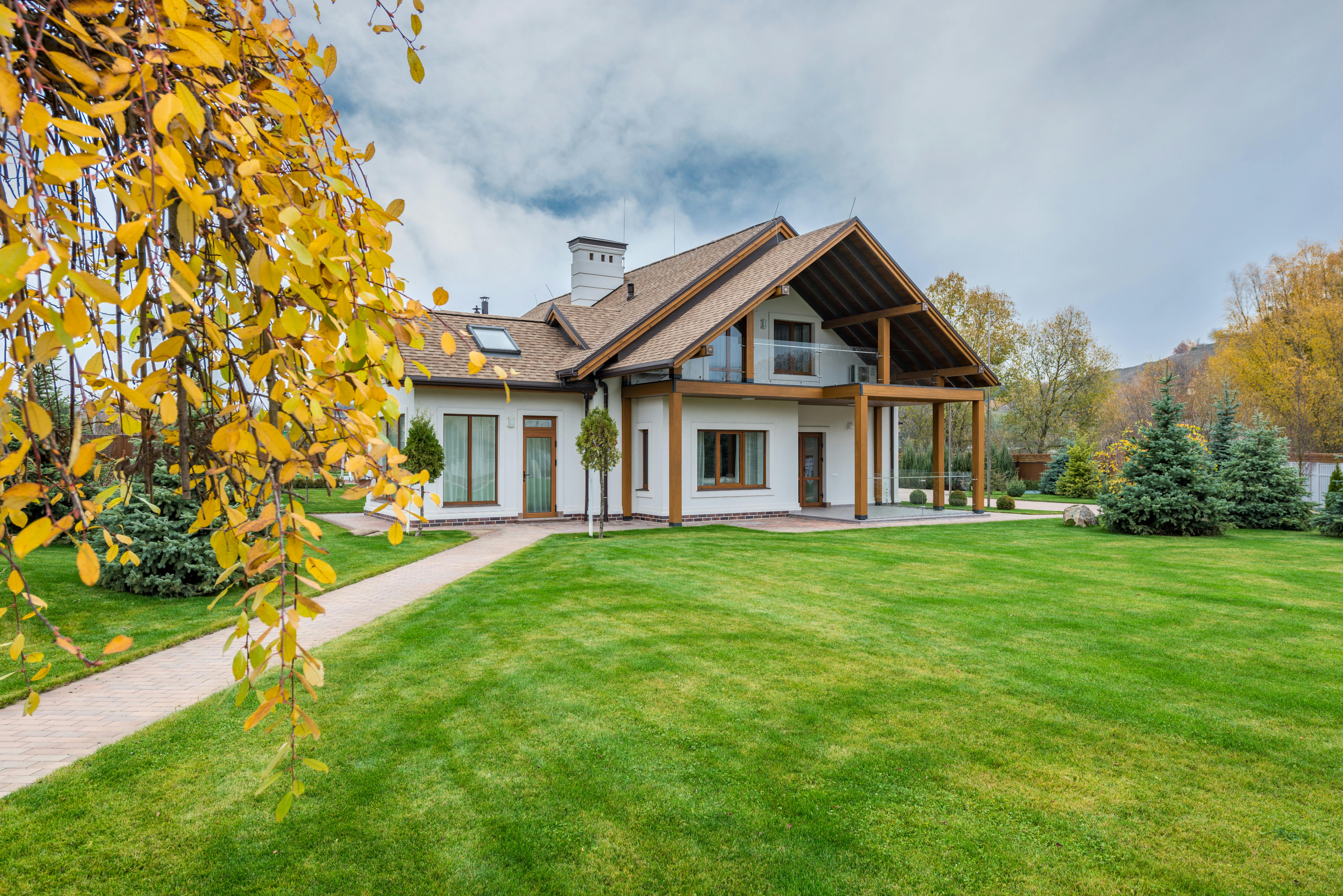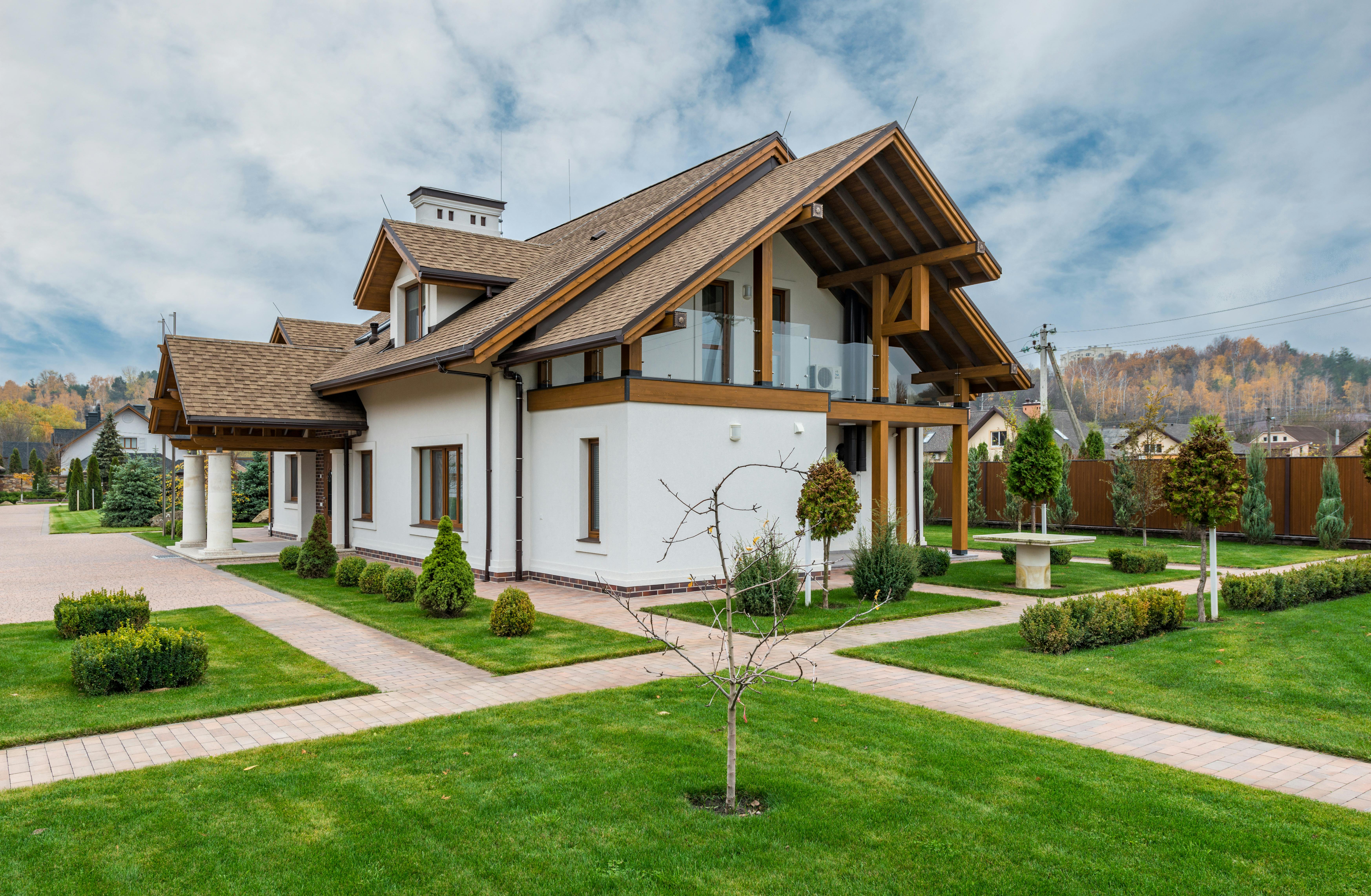Creating a small garden can be an enjoyable and rewarding experience. Whether you are an experienced gardener or just starting out, there are a few steps that you must take in order to ensure the success of your garden. With some careful planning and creativity, you can build a beautiful and functional small garden that will bring you joy for years to come. In this guide, we will discuss the essential steps for building a small garden, from selecting the right location to choosing the right plants for your space.Planning a small garden requires careful thought and consideration. It is important to decide what type of plants you would like to have in your garden and where they will be located. Consider the size of the space available, the amount of sunlight it receives, and the type of soil. When deciding what plants to include, consider their size, color, texture, and seasonal interest. Consider also how much time and effort you are willing to devote to maintenance. When designing your garden, consider creating visual interest by incorporating different heights and shapes of plants as well as various colors. When planting, be sure to follow directions on spacing
Choosing the Right Plants
When it comes to selecting plants for your garden, it is important to do your research and find out what will thrive in the environment you have. Different plants require different levels of sunlight, water and soil conditions, so it is important to understand what type of environment you have before choosing the right plants.
When selecting plants for your garden, it is important to consider the climate of your area. Some plants are more tolerant of cold temperatures than others, so if you live in an area with harsher winters or colder
Preparing the Soil
Properly preparing the soil is key to having a successful garden. Before planting, it’s important to ensure that the soil is free of weeds and any debris. This can be done by digging up the top few inches of dirt and roots and then turning the soil with a shovel or tiller. It’s also important to add compost or other organic matter into the soil, as this will help provide nutrients for plants. Additionally, it’s important to test the pH levels of your soil and add lime if needed. After you’ve prepped
Choosing a Layout
Deciding on the right layout for your space can be a daunting task. It’s important to consider how you want to use the space, how many people will be occupying it, and what kind of furniture you need. You also need to think about how much natural light is available, what views you want to highlight, and any other special features that are important.
When selecting a layout, it’s best to start by creating a floor plan. This will help you visualize the space and determine if your layout ideas are feasible
https://images.pexels.com/photos/5997996/pexels-photo-5997996.jpeg
Adding Compost and Fertilizer
Compost and fertilizer can be added to your garden or lawn to improve the soil structure, increase the nutrients available to plants, and promote healthy root growth. Compost is a mixture of decomposed organic matter that can be added to soil as a natural source of nutrients. It helps improve soil structure, water retention, and nutrient availability. Fertilizers are synthetic or natural materials that provide essential nutrients for plant growth. They are typically applied as a spray or in granular form.
When adding compost or fertilizer to your

Planting Seeds and Seedlings
Planting seeds and seedlings is a great way to start a garden. Seeds can be planted directly in the ground or in containers, depending on the type of plant you are growing. When planting seeds, it is important to make sure they are planted at the correct depth and spacing for the best results. Seedlings need to be handled carefully as they are more fragile than seeds. It is important to ensure that the soil around them is loose enough for roots to spread easily and that they are watered regularly. After planting, it is important to
Creating an Irrigation System
Creating an irrigation system for your garden or landscaping can be a great way to keep your plants healthy and hydrated. With the right planning and installation, you can create an efficient irrigation system that will save you time and money in the long run. Here are some tips on how to create a successful irrigation system:
First, you need to decide what type of irrigation system you want to install. There are many different types of systems available, such as drip irrigation, sprinkler systems, and surface
Mulching and Weeding Your Garden
Mulching and weeding are essential for keeping your garden healthy and looking its best. Mulch is any material that is spread over the soil to act as a barrier between the soil and the surface of the garden. It helps to conserve moisture, prevent weeds from growing, and keep the soil temperature more evenly. Weeds can be a nuisance in any garden, but it is important to remember that not all weeds need to be pulled out – some can be beneficial for your plants.
When mulching, it is

Conclusion
Building a small garden can be an enjoyable and rewarding experience. Whether it is for a patio, balcony or even a small patch of land, there are plenty of options to get started. It is important to think about the type of plants and design that will suit your particular space and needs, as well as considering the climate and environment. Taking the time to plan, as well as research local plants, can help ensure that your garden will be successful. Once everything is in place and you have some plants growing, you can enjoy watching them grow and eventually reap the rewards
